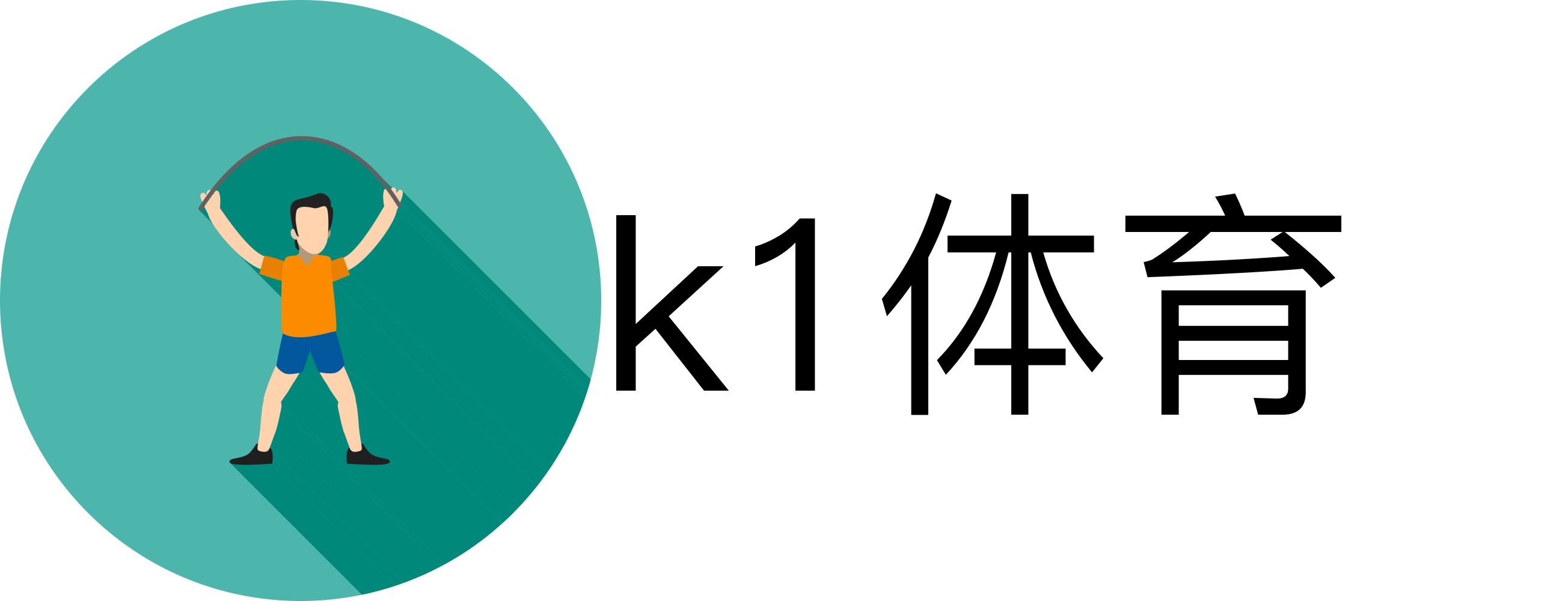共享体育器材计划书目录
Introduction The shared economy has become a popular trend in recent years, with the rise of companies like Uber and Airbnb. However, this concept can also be applied to sports equipment, allowing individuals and communities to share resources and reduce waste. This proposal outlines a plan for a shared sports equipment program, which aims to increase access to equipment and promote physical activity. Background Access to sports equipment can be a barrier to physical activity, particularly for those who cannot afford to purchase their own equipment. Additionally, many people may only need equipment for a short period of time, such as for a special event or during a vacation. Traditionally, individuals would need to purchase their own equipment or rent it from a store, which can be expensive and wasteful. Proposal The shared sports equipment program would allow individuals and communities to borrow equipment for a nominal fee or for free. This program would be run by a non-profit organization, which would collect donations of sports equipment from individuals and businesses. The equipment would be cleaned and inspected before being made available for borrowing. The program would be accessible through a website or mobile app, where users could browse the available equipment and reserve it for a specific period of time. Users would be required to create an account and provide a form of identification, such as a driver's license or student ID. The program would also require users to sign a waiver, acknowledging that they are responsible for any damage or loss of equipment. The program would initially focus on providing equipment for popular sports, such as basketball, soccer, and volleyball. However, as the program grows, it could expand to include equipment for less common sports, such as lacrosse or fencing. The program would also provide resources and information on how to properly use and care for the equipment. Funding The shared sports equipment program would be funded through a combination of donations and grants. The non-profit organization would seek donations of sports equipment from individuals and businesses, which would be tax-deductible. The program would also apply for grants from government agencies and foundations that support physical activity and community development. Marketing The success of the shared sports equipment program will depend on its ability to reach potential users. The program would be marketed through local community centers, schools, and sports clubs. The program would also partner with local businesses, such as gyms and sports stores, to promote the program and offer discounts to users. Evaluation The shared sports equipment program would be evaluated based on its impact on physical activity and community engagement. The program would collect data on the number of users, the frequency of equipment borrowing, and the types of equipment borrowed. The program would also survey users to gather feedback on the program and suggestions for improvement. Conclusion The shared sports equipment program offers a solution to the problem of limited access to sports equipment. By providing a platform for individuals and communities to share resources, the program can increase physical activity and promote community engagement. The success of the program will depend on its ability to attract users and maintain a high level of equipment quality and availability. With proper funding and marketing, the shared sports equipment program has the potential to make a significant impact on physical activity and community development.
